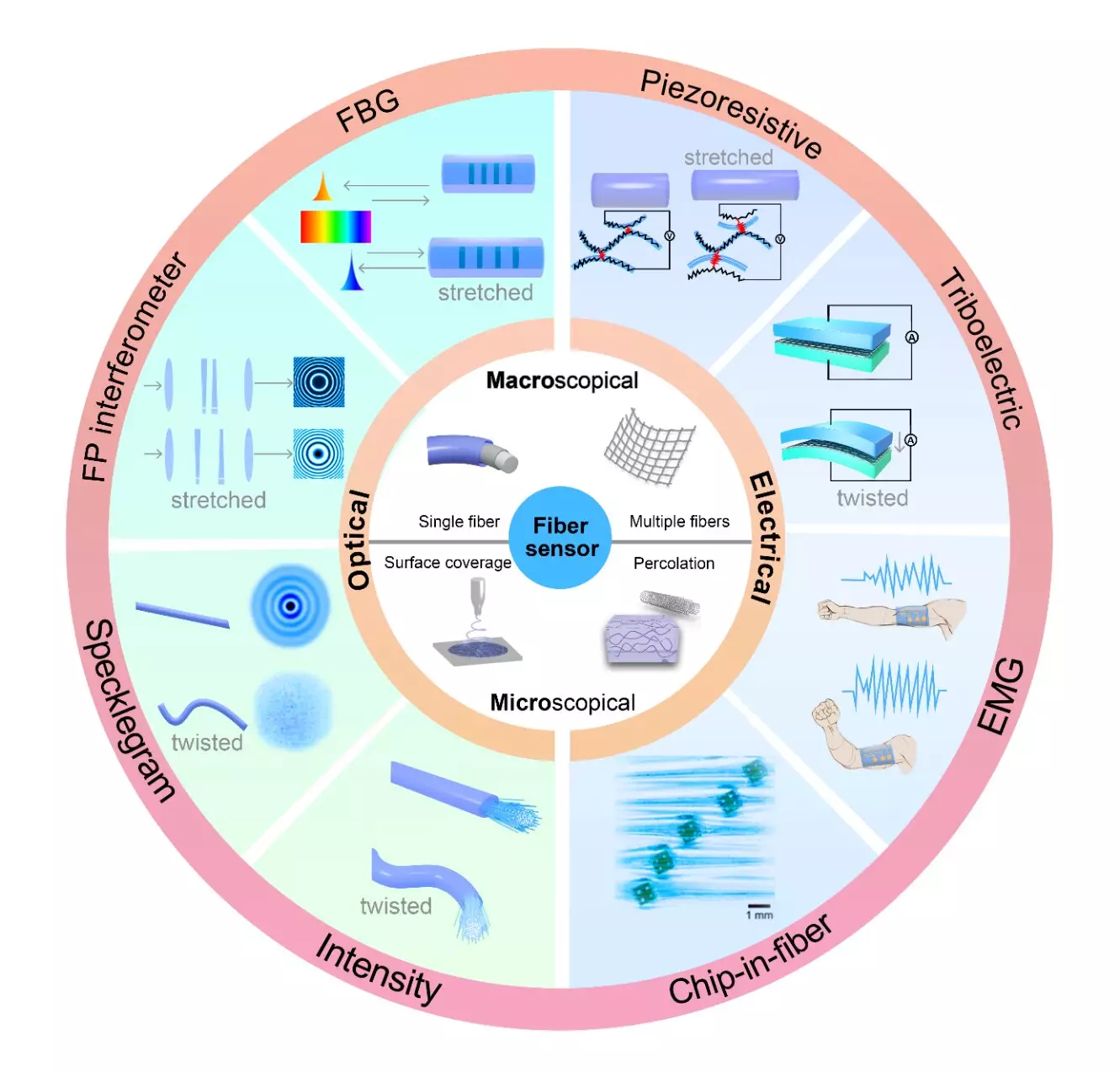In recent years, the field of wearable technology has witnessed groundbreaking advancements, especially with the integration of artificial intelligence (AI). The evolution of machine learning, particularly its deep learning sector, has transformed the landscape of data processing within wearable devices. Unlike traditional data processing methods, which often require significant human intervention to isolate data features, machine learning automates this process, leading to newfound efficiencies. As we enter an era dominated by an overwhelming amount of data, AI stands at the forefront of leveraging this information effectively for practical applications.
A recent comprehensive study published in *Advanced Devices & Instrumentation* sheds light on the fusion of machine learning and fiber sensors. The study categorizes various machine learning algorithms into traditional approaches and those reliant on deep learning techniques. Traditional algorithms such as linear regression, k nearest neighbors, and support vector machines have served foundational roles in data analysis. However, it is in the deep learning arena where capabilities significantly expand, allowing for the recognition of intricate, often hidden data patterns that traditional algorithms may overlook.
The paper further explores fiber sensors, organizing them based on their operational principles and structural characteristics. It identifies two primary categories: optical and electrical sensors. Optical sensors include technologies like Fiber Bragg Grating (FBG) and Fabry-Pérot interferometers, while electrical sensors encompass piezoresistive and triboelectric sensors, among others. This classification is vital, as it provides insights into how these sensors can be further enhanced with machine learning capabilities.
Despite the promising potential of integrating machine learning with fiber sensors, several significant challenges persist. Currently, many fiber sensor applications focus primarily on a limited set of signals, predominantly mechanical inputs like pressure and deformation. This narrow focus neglects a plethora of other valuable data types—including light intensity, temperature, and surface texture—that could provide richer insights and enhance the utility of wearable devices.
Moreover, the rapid advancement of machine learning methodologies presents a double-edged sword. While innovative techniques like reinforcement learning and generative adversarial networks hold the key to smarter applications, their adoption into fiber sensor technology remains minimal. A lack of interdisciplinary research and collaboration could be contributing factors to this stagnation.
As researchers continue to explore the integration of advanced algorithms in fiber sensors, the potential for creating smarter, more adaptable wearable devices becomes increasingly apparent. Future wearable technologies could not only monitor a wide range of biological and environmental metrics but could also evolve to deliver personalized experiences based on user data.
Embracing the next wave of machine learning techniques can ultimately lead to improvements in comfort, efficiency, and intelligence of fiber sensor-based wearables, transitioning them from experimental tools to everyday essentials. The path forward is rife with opportunities for innovation, promising a future where wearable technology seamlessly blends into the fabric of daily life. By harnessing both machine learning and fiber sensor technology, we stand on the brink of a revolution in personal health monitoring and smart clothing applications.


Leave a Reply